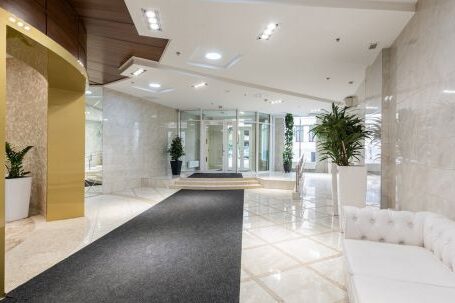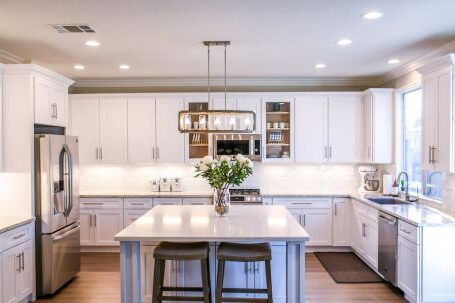Your home is a reflection of your personality and style, and lighting plays a crucial role in creating the right ambiance in each room. With so many options available, it can be overwhelming to choose the right lighting for every room in your home. Fear not, as we have compiled a comprehensive guide to help you make the right choices and create a well-lit and inviting space.
Consider the Purpose of the Room
Before diving into the world of lighting, take a moment to consider the purpose of each room. Is it a place for relaxation, productivity, or socializing? The purpose of the room will determine the type of lighting you need. For example, a bedroom may require soft, warm lighting to create a cozy atmosphere, while a home office may require bright, task-oriented lighting to improve productivity.
Layer Your Lighting
To achieve the perfect balance of lighting in any room, it is essential to incorporate different layers of lighting. This includes ambient lighting, task lighting, and accent lighting. Ambient lighting provides overall illumination, while task lighting focuses on specific activities such as reading or cooking. Accent lighting is used to highlight architectural features or artwork. By combining these layers, you can create a well-lit and visually appealing space.
Choose the Right Bulbs
When it comes to selecting bulbs for your lighting fixtures, there are several options to consider. Incandescent bulbs provide warm and soft lighting, but they are not energy-efficient. LED bulbs, on the other hand, are energy-efficient and come in a variety of color temperatures to suit your needs. Additionally, consider the brightness of the bulbs. Brighter bulbs are suitable for task-oriented areas, while dimmer bulbs are ideal for creating a relaxed ambiance.
Consider the Size of the Room
The size of the room should also be taken into account when choosing lighting fixtures. In smaller rooms, consider using recessed lighting or wall sconces to save space. These fixtures can provide ample lighting without taking up valuable floor space. For larger rooms, such as living rooms or dining areas, chandeliers or pendant lights can make a bold statement and provide adequate lighting.
Match the Style of the Room
In addition to functionality, lighting fixtures should also complement the style of the room. Modern rooms may benefit from sleek and minimalist fixtures, while traditional rooms can be enhanced with ornate and decorative lighting. Don’t be afraid to mix and match different styles to create a unique and personalized look.
Consider the Color Temperature
Color temperature refers to the warmth or coolness of a light source. It is measured in Kelvin (K). Lower Kelvin values, such as 2700K, produce warm and cozy lighting, while higher Kelvin values, such as 5000K, produce cool and bright lighting. Consider the mood you want to create in each room and choose the appropriate color temperature accordingly.
Think About Dimmers and Smart Lighting
To have ultimate control over your lighting, consider installing dimmer switches or investing in smart lighting systems. Dimmers allow you to adjust the brightness of the lights, creating different moods for different occasions. Smart lighting systems can be controlled remotely through a smartphone or voice commands, adding convenience and flexibility to your lighting setup.
In Conclusion
Choosing the right lighting for every room in your home is a crucial step in creating a comfortable and inviting space. By considering the purpose of the room, layering your lighting, choosing the right bulbs, and matching the style of the room, you can create the perfect ambiance. Don’t forget to consider the size of the room, the color temperature, and the benefits of dimmers and smart lighting. With these tips in mind, you’ll be well on your way to illuminating your home in style.





